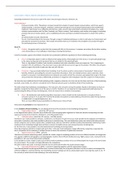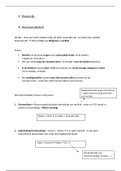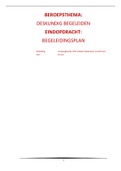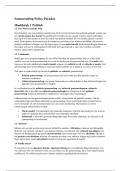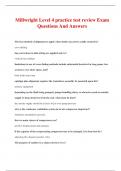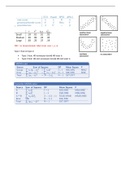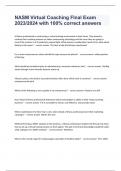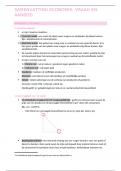College aantekeningen
Aantekeningen alle colleges Digital Food Marketing (Fall 2021)
- Instelling
- Tilburg University (UVT)
Aantekeningen van alle colleges van het vak Digital Food Marketing, gegeven in blok 1 van studiejaar . Het zijn vrij uitgebreide aantekeningen omdat ik het college altijd terug heb gekeken en goed heb aangevuld.
[Meer zien]
